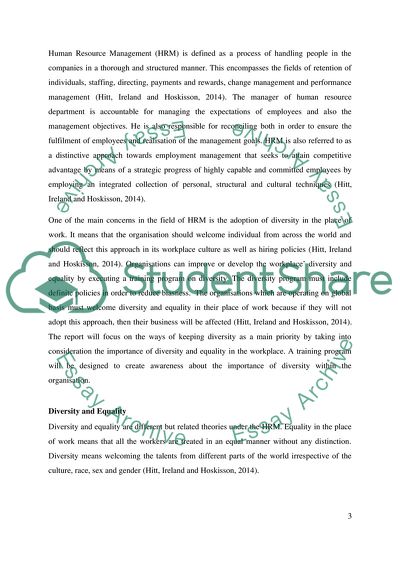Cite this document
(Managing Diversity & Equal opportunities Coursework, n.d.)
Managing Diversity & Equal opportunities Coursework. https://studentshare.org/management/1880806-managing-diversity-equal-opportunities
Managing Diversity & Equal opportunities Coursework. https://studentshare.org/management/1880806-managing-diversity-equal-opportunities
(Managing Diversity & Equal Opportunities Coursework)
Managing Diversity & Equal Opportunities Coursework. https://studentshare.org/management/1880806-managing-diversity-equal-opportunities.
Managing Diversity & Equal Opportunities Coursework. https://studentshare.org/management/1880806-managing-diversity-equal-opportunities.
“Managing Diversity & Equal Opportunities Coursework”. https://studentshare.org/management/1880806-managing-diversity-equal-opportunities.


